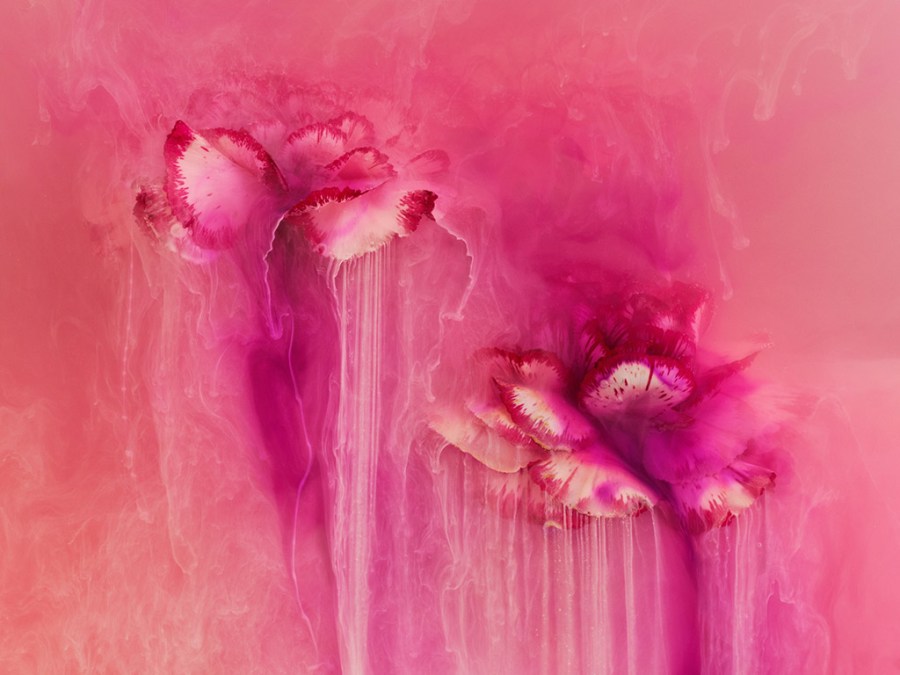The results of the seventh round of our prestigious Amateur Photographer of the Year competition are in! Angi Wallace wins the top place in this round with an image of submerged carnation flowers, with Lucy Monckton coming first in the Young APOY competition. Here are the top ten images uploaded to Photocrowd from APOY Round Seven, Macro, with comments by the AP team and our guest judge.
More than any other subject, macro photography brings us closer – yes, literally – to the natural world, giving both photographer and viewer an insight into nature’s machinations that wouldn’t otherwise be possible. It’s a highly contemplative practice, too, requiring patience and time as well as knowledge of the subject and its environment. Of course, macro doesn’t only have to be close-ups of insects on a leaf – it can be a constructed still life or an inanimate abstract, too. However tiny the subject, it has a story to tell, and we are always full of admiration for the entrants to this category who are skilled in revealing those tales to us.
APOY Round Seven Macro Results
Winner, APOY Macro – Angi Wallace, UK 100pts
OM Digital Solutions OM-1, 90mm, 1/125sec at f/18, ISO 200

Guest judge Tracy Calder says: ‘Looking at the richness of colour, detail and the beautifully judged composition, it’s hard to believe this picture was close to straight out of camera! I’m lucky to be familiar with the submerged flowers technique, and I know it involves a great deal of trial and error, patience and artistry. Any marks or dirt on the walls of the tank can ruin a shot, as can reflections created by the photographer and his/her kit. Bubbles can also be an issue. What’s more, planning is crucial because if you add too much liquid (or even the wrong type) it can muddy the water and leave you with no choice but to start again. Everything here is perfect. A shutter speed of 1/125sec has allowed the perfect amount of motion in the liquid, so it appears to be pouring from the petals. The caption links carnations to Greek legend, which adds a great bit of storytelling too.’
2. Michele Marini, Italy 90pts
Olympus E-M1 Mark II, 90mm + MC-14, 1/5sec at /7.1, ISO 100
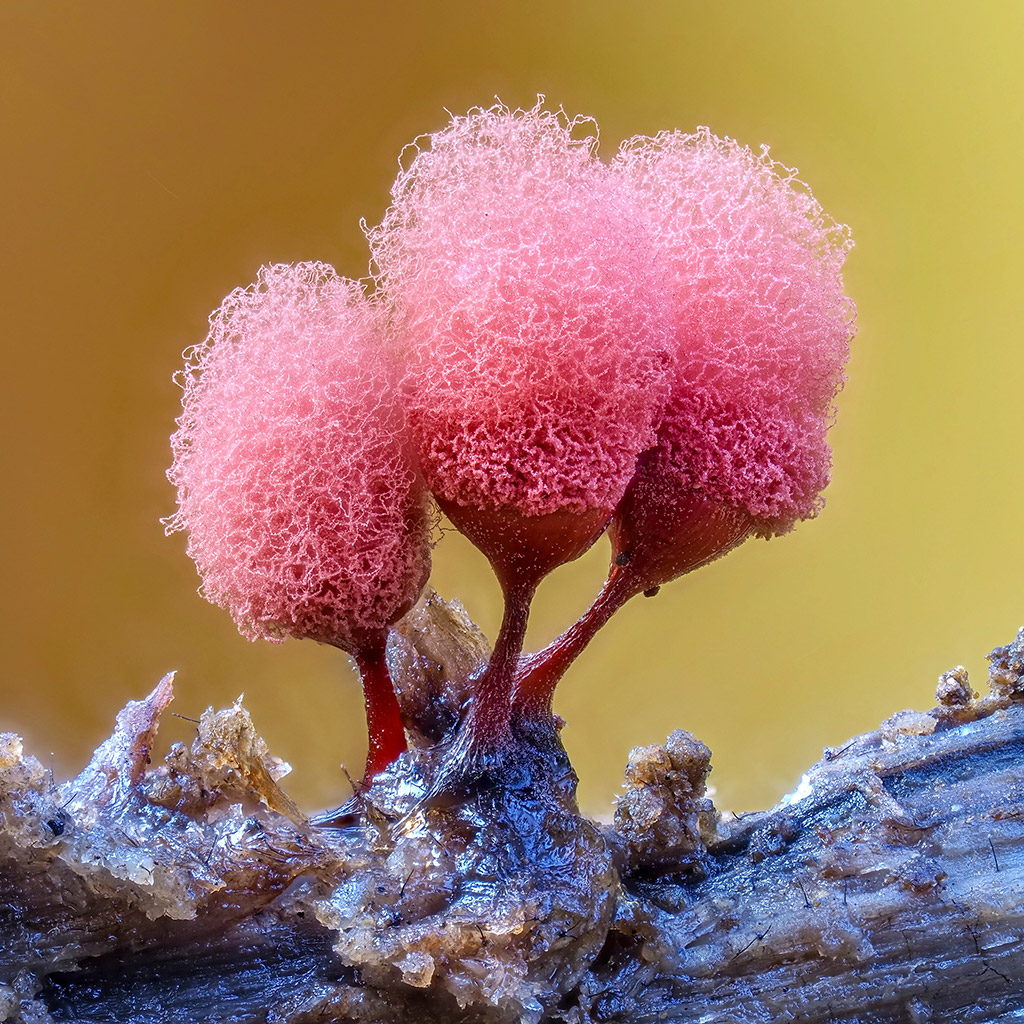
Michele’s outstanding close-up shows an Arcyria sp – a minute slime mould of only a few millimetres high. His image brings character to this single-cell organism, which only really becomes visible when it clumps together – as here. Although Michele doesn’t say so, we can assume this is a focus-stacked image, as the sharpness is outstanding throughout.
The soft, golden backdrop is the perfect complement to the bright pink subject, while the sheen on the wood where it is growing helps give context, texture and depth. A very well-managed and controlled shot of which Michele should be proud.
3. Mike Travers, UK 80pts
Nikon D7100, 105mm, 1/60sec at f/16, ISO 200

Mike’s frame-filling composition caught the eye of a number of our judges, and understandably so. The composition is excellent, with the crested gecko’s eye taking up just the right amount of space and looming out of the top-right third. The black slit leaps out against the scaly texture of its red and orange skin and the line of its mouth provides a subtle but essential element that helps anchor the composition and stops the eye sliding out of the frame. It’s a deceptively simple image that was no doubt trickier to capture than it first appears.
4. Ashley Hamilton, US 70pts
Nikon Z 6II, 40mm, 1/100sec at f/13, ISO 200
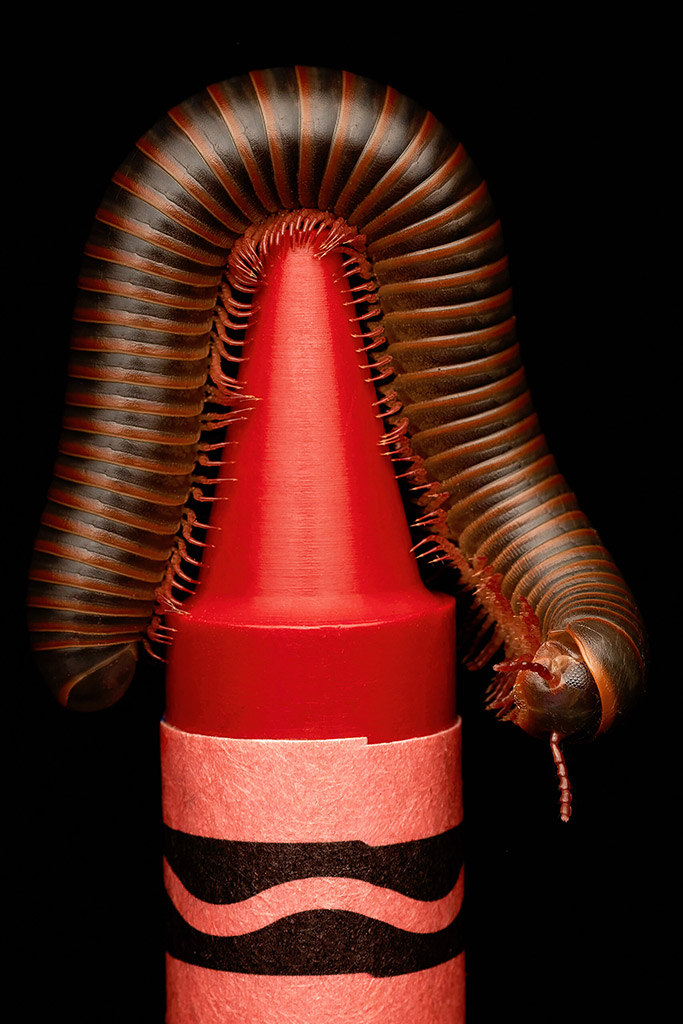
Here we have a very different image, which is one of the reasons why it’s made its way into the top ten. A highly stylised shot, it stands out for its apparent simplicity. Ashley says her plan was to demonstrate that insects aren’t scary, and the juxtaposition of the millipede against the smoothness of the crayon achieves that very well. Our eye is drawn to the fascinating structure of the arthropod, its segmented body wrapping perfectly around the crayon’s red tip. Ashley’s perseverance has paid off beautifully and she has created a superb shot that might even help reframe our attitudes towards ‘creepy-crawlies’.
5. Henrik Spranz, Austria 60pts
Canon EOS R5, 180mm, 1/640sec at f/3.5, ISO 320

Henrik is a regular in this round, and it’s no surprise to see one of his stunning and ethereal shots making its way into the top ten again. He always nails the sheer beauty of his subjects, and gives their surroundings an almost dreamlike context. He has achieved that again here, with the delicacy of the black-veined white butterfly standing out beautifully against the equally pale background. By keeping the butterfly fairly small in the frame, we are also given a clue to the environment in which it lives, among the marguerites Simply gorgeous.
6. Stephanie Chadwick, UK 50pts
Canon EOS 5D Mark III, 24-105mm at 105mm, 1/80sec at f/9, ISO 500
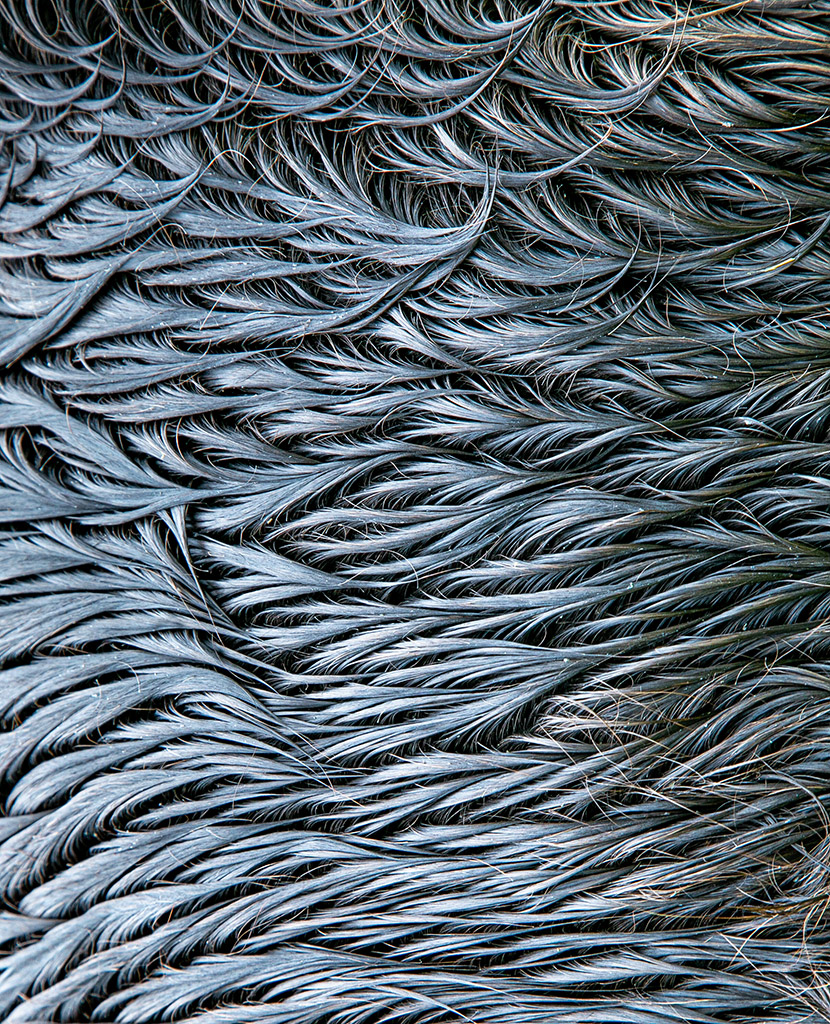
The judges love the fact that we instantly knew we were looking at the sodden coat of a horse (or, to be exact, a Shetland pony), despite being given no information other than the texture contained within the frame. The swirling curly patterns almost resemble the flow of a river, and the sheen
is a giveaway about the conditions in which it was shot, while the little wisps of golden fur in the bottom right corner at another element of interest. A shot that manages to hold the viewer’s interest despite its simplicity.
7. Jay Birmingham, UK 45pts
Canon EOS R5, 180mm, 1/8000sec at f/2.8, ISO 50

By photographing into the rising sun, Jay has captured a magically atmospheric image. The golden tones are as warming as the sun’s first rays, and it’s as if the two banded demoiselles are waiting to salute it. The silhouette picks out their delicate wings beautifully and the f/2.8 aperture is perfect for rendering the sun as an out-of-focus orb
8. Chris Patterson, UK 40pts
Nikon D5600, 105mm, 1/13sec at f/11, ISO 100
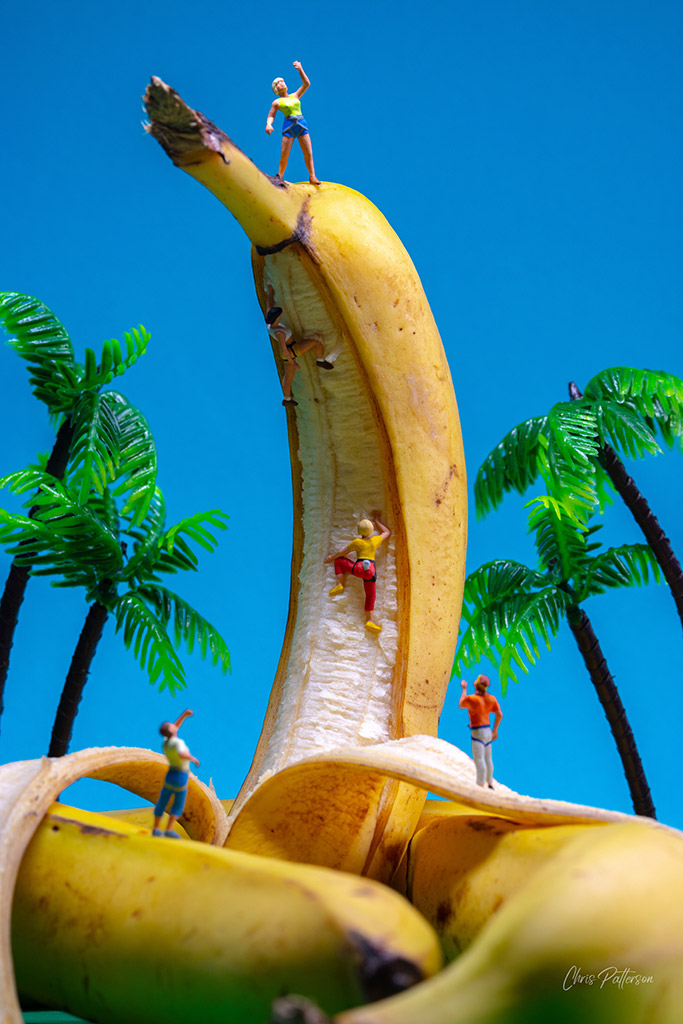
And now for something completely different! Chris says his intention is to reflect what it might be like to be shrunk down among everyday objects. He has succeeded in this aim, making the humble banana appear like a challenging rock face. The detail of the palm trees behind are a great touch, too, and avoid what might have been too plain a background.
9. Chris Graham, US 35pts
Sony A7R Mark IV, Laowa f2.8 Ultra Macro, 1/2sec at f/2.8, ISO 200-300
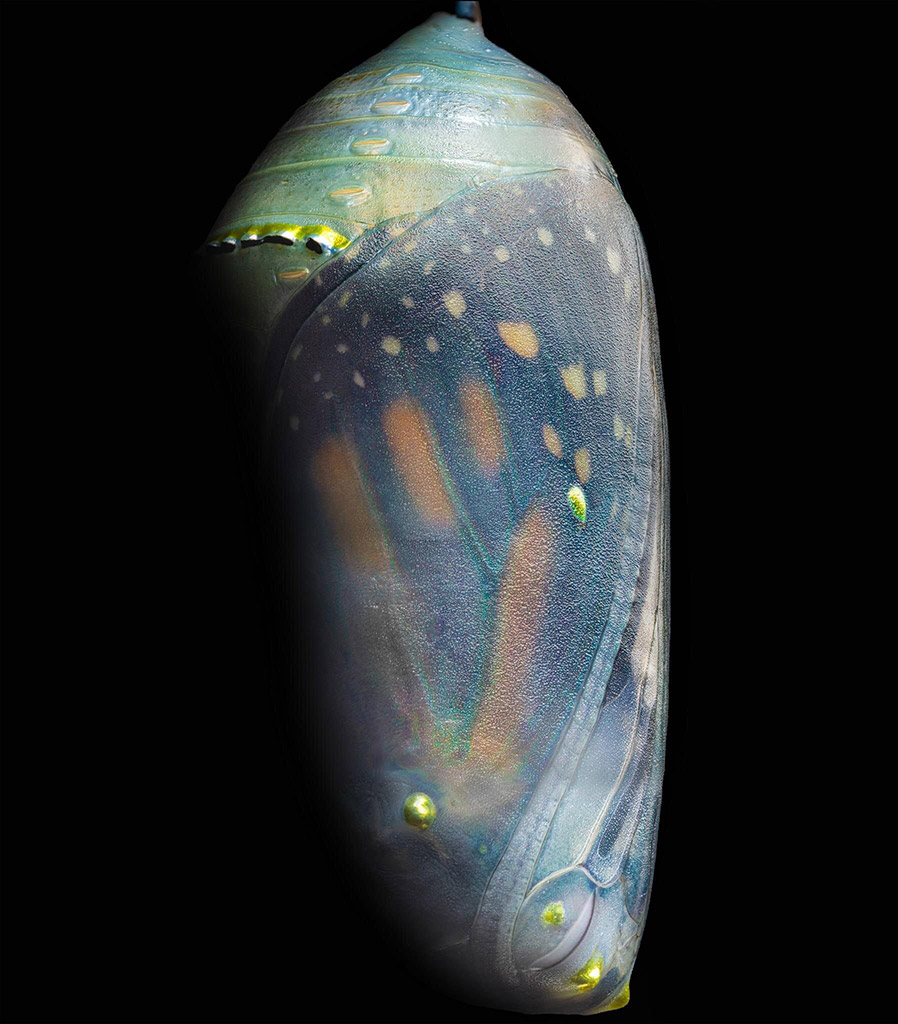
Chris has given us a breathtaking example of how a macro image can force us to stop and fully appreciate the magic of nature. This monarch butterfly was on the point of emerging from its chrysalis; the stacked images ensure we are able to take in every detail and colour, while appreciating its vulnerability at the same time.
10. Ashley Hamilton US 0pts
Nikon Z 6II, 40mm, 1/100sec at f/13, ISO 160
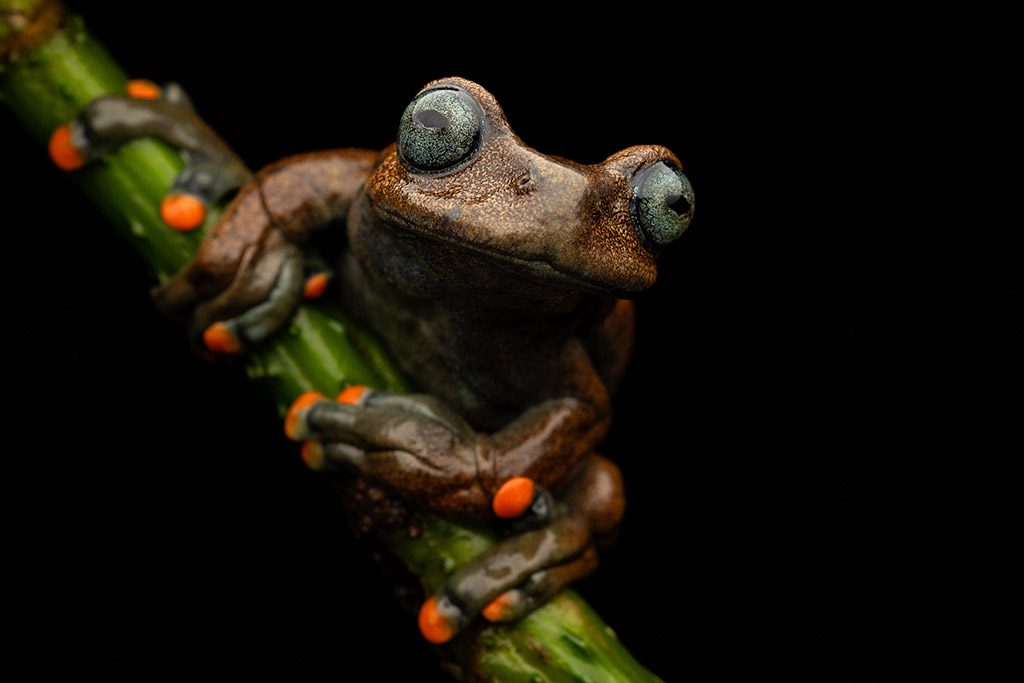
Ashley appears in the top ten for a second time – this time with a capture of a Linda’s treefrog in the rainforests of Ecuador at night. Despite its largely brown skin, she has done a great job of making it stand out against the dark background, and has captured its character very well, with the bulbous eyes telling the viewer a story about its environment. The angle of the frog and its perch adds a level of dynamism, too. As Ashley has two images in this round’s top ten, only her highest-scoring photograph counts. She’s done an excellent job with both her pictures.
Young APOY, Macro Winner
Lucy Monckton, UK 100pts
Canon EOS 5D Mark IV, 100mm Macro, 1/1600sec at f/3.5, ISO 500

Lucy Monckton, our joint winner of Young APOY in 2021 has done it again, with this cracking close-up. She says that Cabrera lizards are extremely skittish, so her patience and perseverance has paid off handsomely, with it stopping in the perfect pool of light. Lucy definitely has all the makings of a fine wildlife photographer.
Camera Club Competition
Rachel Domleo, UK 10pts
Canon PowerShot G3 X, 8.8-220mm at 25mm, 1/160sec at f/6.3, ISO 125
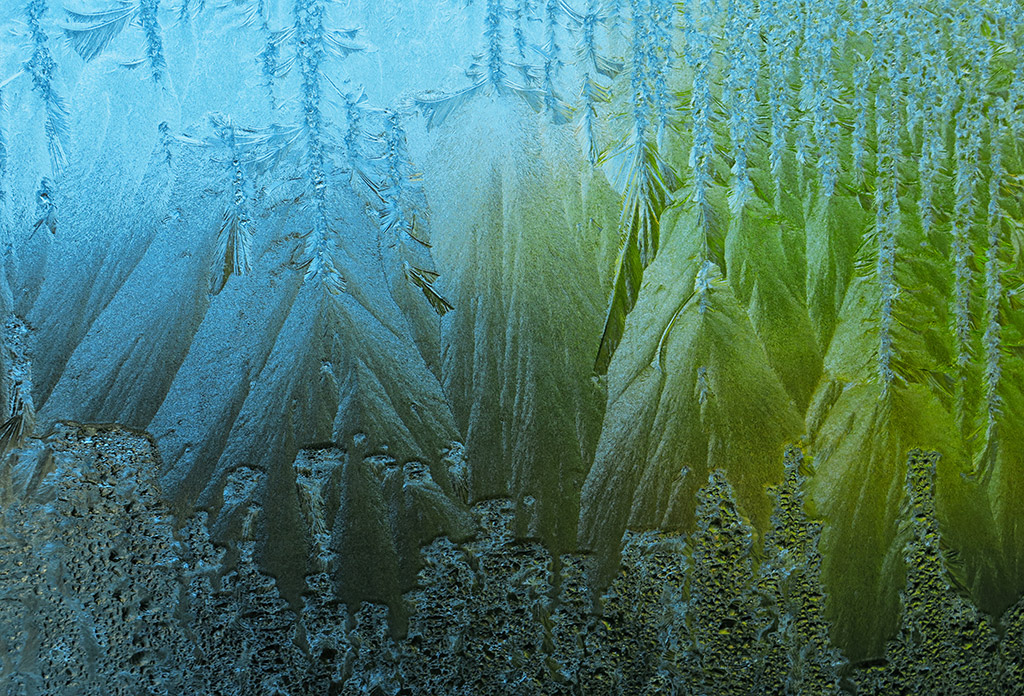
Rachel has earned ten points for her club – Bristol Photographic Society – with this pleasing close-up of frost patterns. Without context or scale, it could almost be a telephoto landscape of some far-off mountainous land, and it is the sort of image that sets the imagination working. Bristol Photographic Society currently sits in joint fifth place, and Rachel’s well-seen shot has helped to keep the group at the business end of the leaderboard.
APOY Leaderboards after round seven, Macro

Yet again, the top of the leaderboard is looking extremely tight, and with three rounds to go, much could yet change (remember last year, when overall winner Daniel Sands leapt from tenth to first in the final round?). With everything yet to play for, it’s more important than ever to keep those entries coming. In Young APOY Lucy Monckton has jumped ahead of her closest rival, Yousef Naser, thanks to her excellent lizard shot. As far as camera clubs are concerned, Plymouth Camera Club’s lead is looking unassailable, but a couple of wins from another club’s members could possibly put paid to that. Keep watching over the next three rounds…
Winning kit from Camera Centre UK
What gear did our top ten photographers use?
Taking first place, Angi Wallace used an OM System 90mm f3.5 M.Zuiko Digital ED IS PRO macro lens. Receiving five stars when reviewed in AP, it offers an equivalent focal length of 180mm and up to seven stops of image stabilisation when combined with the in-body image stabilisation of some OM System bodies. The 18 lens elements in 13 groups include four ED (Extra-low Dispersion) elements, and it has a 1x macro maximum image magnification, which increases to 2x when S Macro is activated. Find this lens at Camera Centre UK for £1,295.
In fourth place, Ashley Hamilton used a Nikon Z6 II. This 4.5-star-scoring camera features good build and weatherproofing, 14fps continuous shooting, a large, sharp viewfinder and impressive low-light autofocus. The review concluded: ‘The Z6 II is a great camera if you are a Nikon DSLR user thinking of jumping in on the Z system.’ It can be purchased at Camera Centre UK for £1,449.

Awarded sixth place, Stephanie Chadwick used a Canon EF 24-105mm f/4L IS USM for her simple yet effective shot. The mark II version of this premium standard zoom is currently available at Camera Centre UK for £1,199 and offers features such as 17 elements in 12 groups with ten aperture blades, a minimum focus distance of 45cm, and image stabilisation effective to four stops.
To see the full range, visit www.cameracentreuk.com


